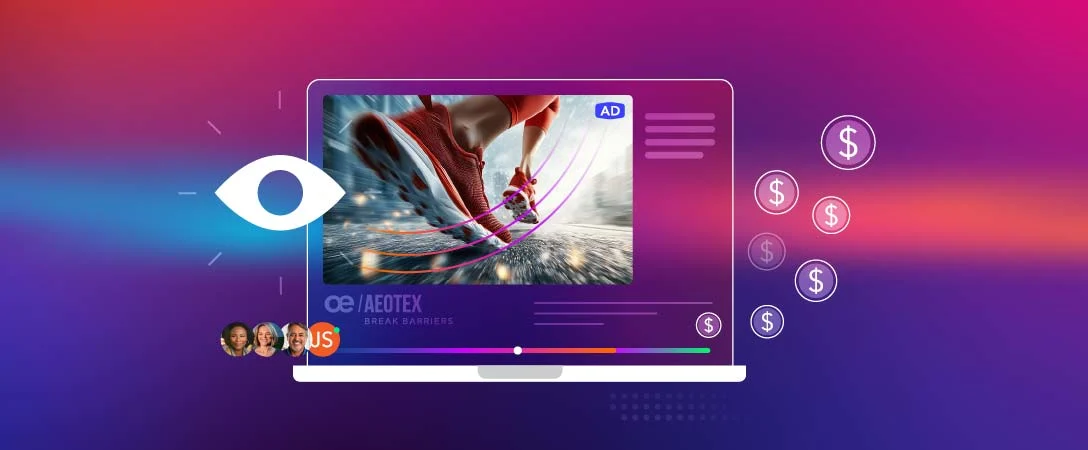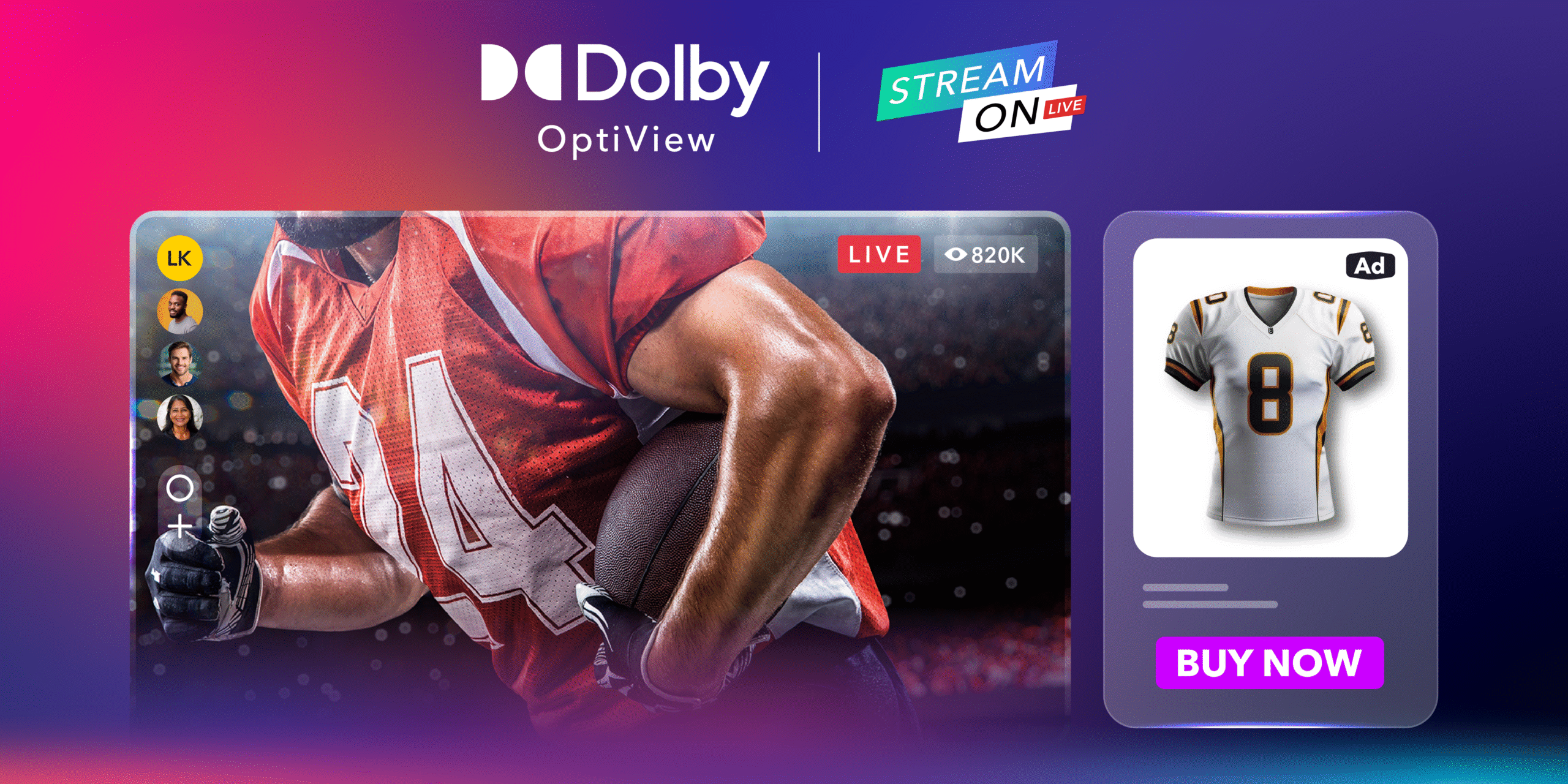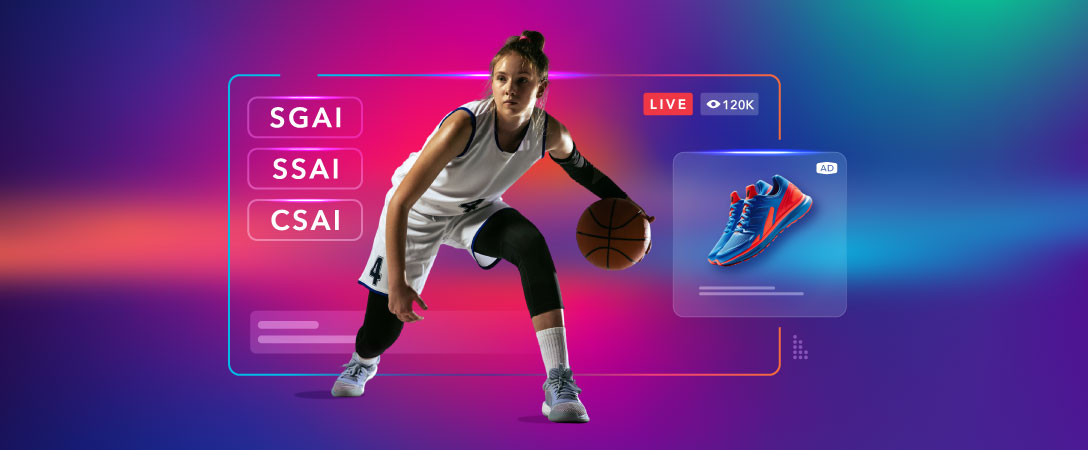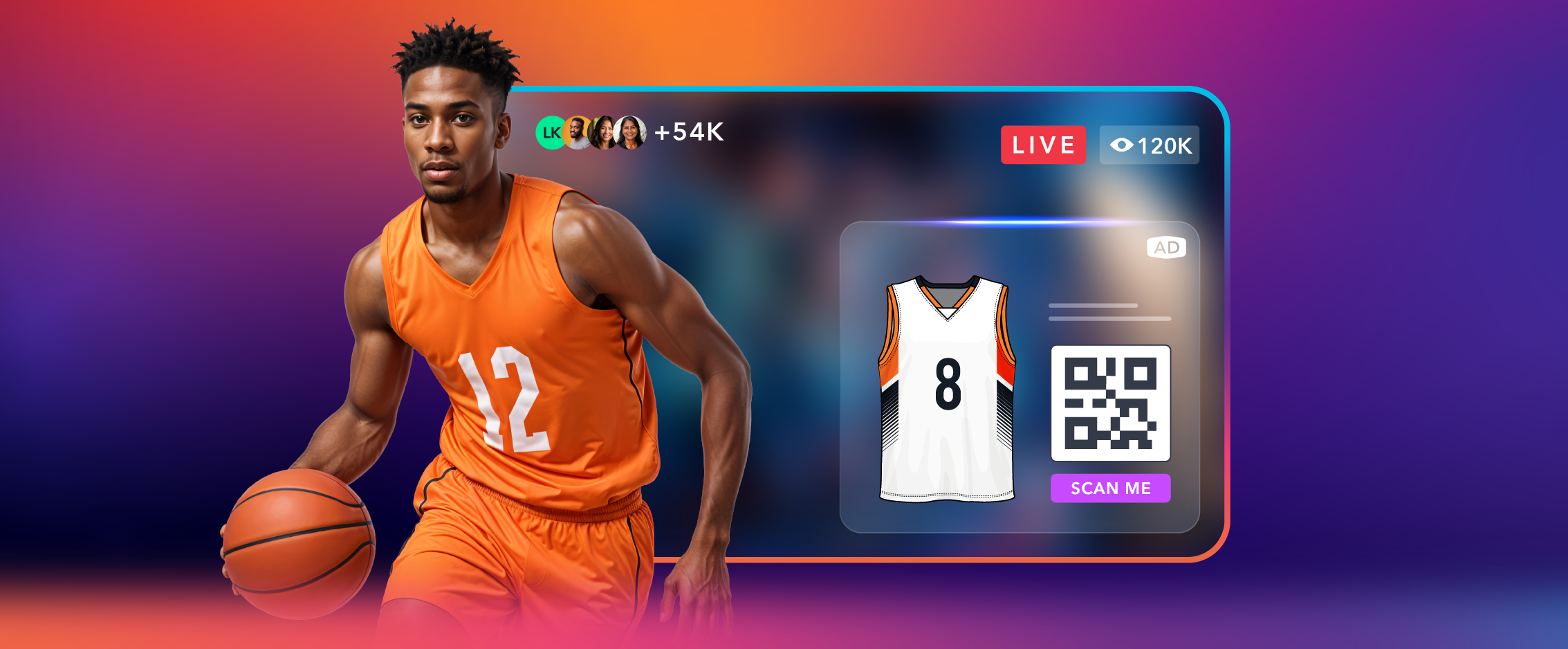Advertising is a vital part of monetization for many broadcasters and media publishers. Although this revenue-generating method may date back to the early days of television, its implementation and user experience have changed drastically in today’s streaming world.
With OTT(over-the-top) video delivery, advertisers now have access to rich audience data that can be used to optimize both the viewer experience and campaign performance. But to really maximize ad revenue, publishers must go beyond ad delivery, they need to measure and improve the viewability of their in-stream video ads.
In this blog post, we’ll explore what ad viewability means, why it’s important for ad performance, and practical strategies publishers can use to increase it.
What is video ad viewability?
Video ad viewability is a digital marketing metric that measures whether a video ad was actually visible on the screen for a minimum amount of time. It is measured by viewable impressions. According to Google Ad Manager, in order for an in-stream video ad impression to be counted as “viewable,” 50% or more of the ad’s pixels must be visible for at least two seconds. Once these 2 criteria are met, it’s considered the video ads have been viewed by the viewer.
It’s important to make a distinction with video ad impressions. A video ad impression is counted when an ad is sent (or “served”) to a publisher by the ad server. The video ad may or may not be downloaded to the user’s device, rendered, or viewed by the user. For example, if a video ad loads at the bottom of a webpage and the user never scrolls down to view it, it still counts as an impression, but it’s not a viewable impression.
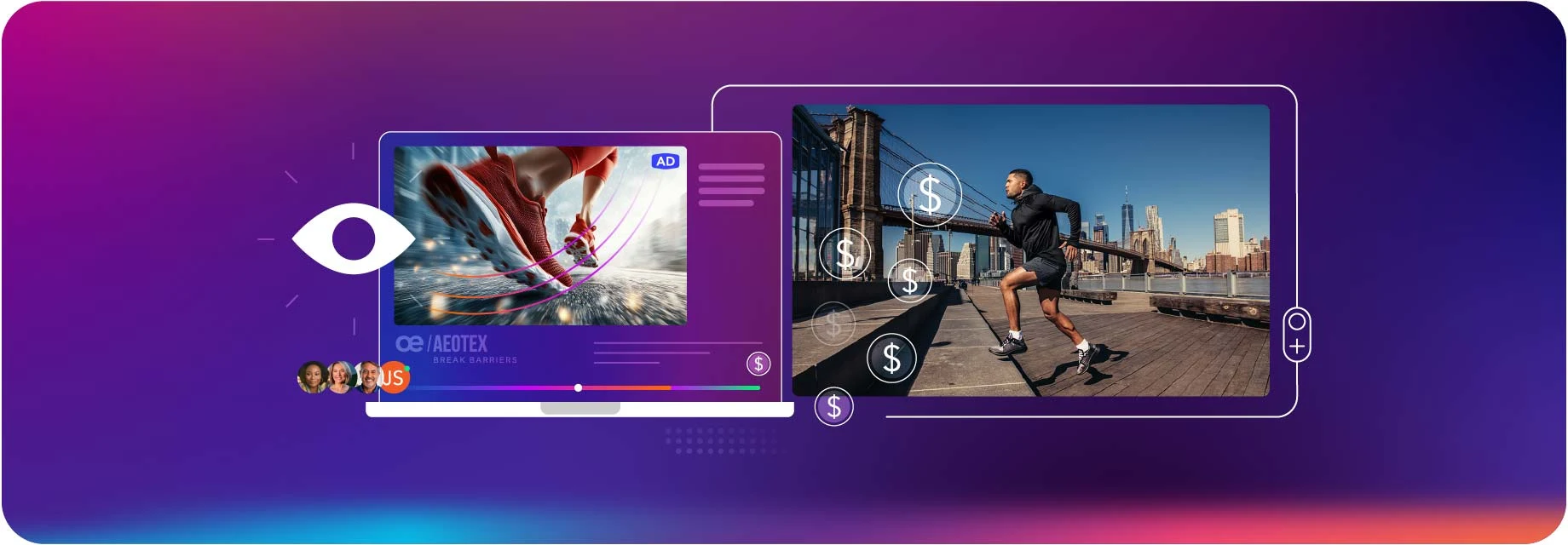
Video ad viewability on Connected TV (CTV)
CTV ads are delivered to viewers through internet-connected devices such as smart TVs, streaming devices like Roku, Amazon Fire TV, and Apple TV, as well as gaming consoles and set-top boxes.
The way video ad viewability is measured is the same as above. To ensure advertisers only pay for truly viewable impressions, the industry follows standards set by organizations like the Media Rating Council (MRC), which defines the minimum criteria for what qualifies as a viewable impression in digital advertising.
Why is CTV ad viewability higher than other platforms?
According to IAS, over 90% of CTV ad impressions meet Media Rating Council (MRC) viewability standards, with a measured rate of 93%. This is significantly higher than the average video ad viewability on mobile, web, and desktop platforms, which typically ranges between 70% and 80%.
One key reason is that CTV ads run in a full-screen, immersive environment where the content takes center stage. Unlike laptops or smartphones, where users can easily switch apps or tabs, viewers are less likely to disengage from CTV content, as the remote is not always within reach. This makes CTV ads more likely to be seen in full. Additionally, CTV is usually watched in a focused setting like the living room, on a large screen, and often with minimal distractions. This is especially true during live sports, which naturally command high attention and are frequently viewed with family or friends. Group viewing reinforces the social norm of staying engaged with both the content and the ads. Moreover, viewers tend to be more accepting of ads on ad-supported streaming platforms. They see them as a fair exchange for free or lower-cost content.
All these factors make CTV video ads highly visible and effective. That’s why it plays an important role in monetization strategies for live sports streaming services.

Why does video ad viewability matter?
More trust, higher revenue
For publishers, accurate video ad viewability tracking is essential. It allows them to provide advertisers with reliable data that proves their ads are seen by viewers, not just served. This transparency builds trust and gives advertisers the confidence that their investments are delivering real value.
High viewability rates also signal that a publisher’s monetization strategy is effectively keeping users engaged with the content. As a result, streaming platforms with strong viewability metrics attract more advertisers. This can lead to higher competition for ad slots and ultimately higher CPMs (cost per thousand impressions).
“Viewability data can help publishers increase the long-term value of their display inventory. Advertisers are increasingly asking to buy viewable impressions, and publishers with the most viewable inventory will be in the best position to earn more revenue from this trend.”
How to improve ad viewability?
Now that we understand why ad viewability matters, what can publishers do to improve it? While it’s ultimately up to viewers whether they engage with a video ad, publishers aren’t powerless. In fact, there are several things publishers can apply to increase the chances that ads are seen.
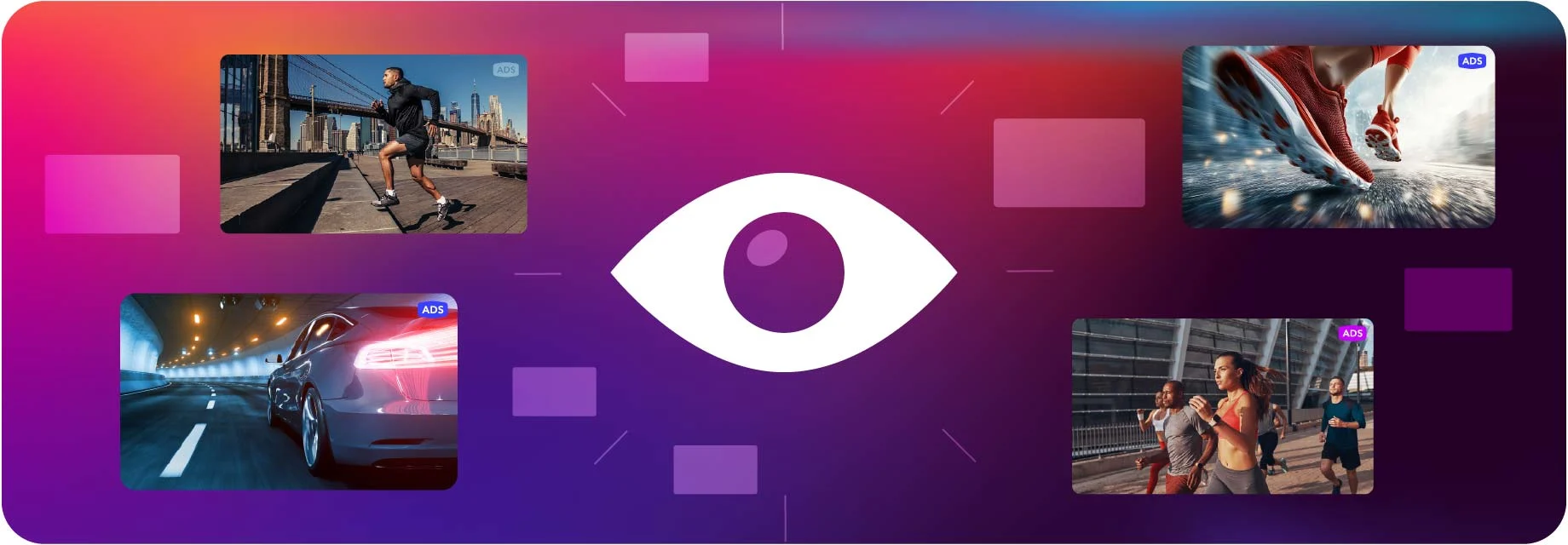
Serve personalized ads
Personalized ads are more engaging because they align with the viewer’s interests and needs. When users recognize that ads are relevant to them, they’re less likely to find them intrusive and more likely to engage with the content. Over time, this can build trust in the platform’s ad experience, reducing resistance and increasing viewability.
Personalized ads can be easily implemented using CSAI or SGAI. While SSAI also supports personalization, it becomes significantly more costly when scaled to large audiences.
Improve overall viewer experience
A smooth viewing experience is the foundation for viewer stickiness and better ad performance. Whether it’s the main content or the ads, ensuring high-quality playback without buffering or stalls keeps viewers engaged longer. Using a premium video player like Dolby OptiView Player guarantees premium viewer experience across all devices. This helps maintain viewer attention and satisfaction.
Implement non-intrusive ad formats
Interruptive ads are a major reason viewers disengage. By adopting non-intrusive formats, such as double-box or L-shape layouts, ads can be displayed alongside the main content without disrupting the viewing experience. Solutions like Dolby OptiView Ads enable this seamless integration, increasing the likelihood that ads are seen while also opening up new creative opportunities for advertisers.
This approach is especially valuable for live sports streaming, where every second counts. Fans tune in for the action, and even a short interruption can cause frustration from missing a crucial moment. Non-intrusive ad formats let publishers show ads without cutting away from the game. This keeps viewers happy, reduces drop-off, and helps maintain strong ad performance.
Final thoughts
Video ad viewability is a key metric that ensures ads are actually seen, not just served. Higher viewability builds trust between publishers and advertisers, ultimately leading to better performance and increased revenue. CTV ad viewability is especially valuable for live sports streaming providers, where audience attention is high and consistent. By delivering personalized ads, high-quality playback, and less disruptive formats, everyone benefits. Viewers stay engaged, and ads perform better.



